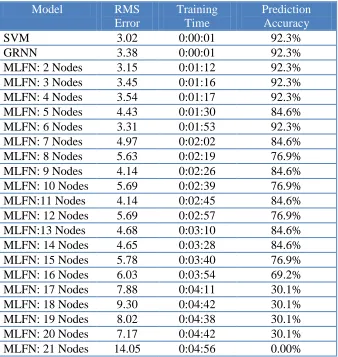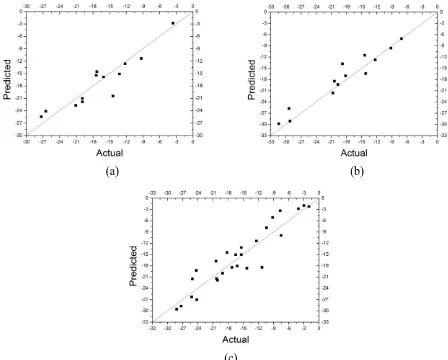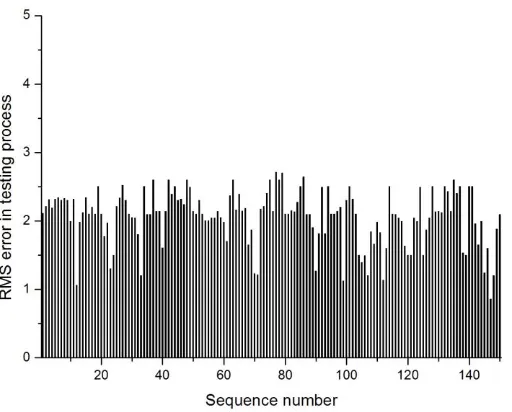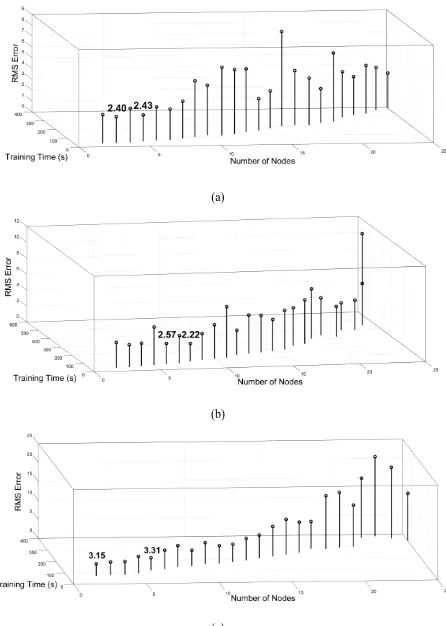Prediction of Zeta Potential of Decomposed Peat via Machine Learning: Comparative Study of Support Vector Machine and Artificial Neural Networks
Full text
Figure
![Table 1. Statistical experimental results of the determination of zeta potential of decomposed peat (data extracted from Asadi's research [15] )](https://thumb-us.123doks.com/thumbv2/123dok_us/1888838.146412/3.596.45.552.164.225/statistical-experimental-results-determination-potential-decomposed-extracted-research.webp)
![Figure 2 illustrates the main structure of a typical SVM [19]. The letter “K[20]. As it can be seen from Figure 2, it is a small subset extracted from the training data by relevant algorithm that consists of the SVM](https://thumb-us.123doks.com/thumbv2/123dok_us/1888838.146412/4.596.178.453.227.395/figure-illustrates-structure-extracted-training-relevant-algorithm-consists.webp)
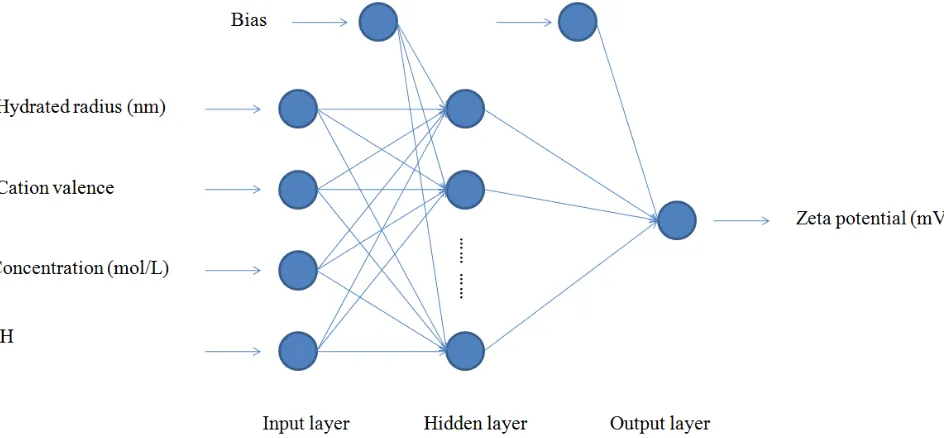
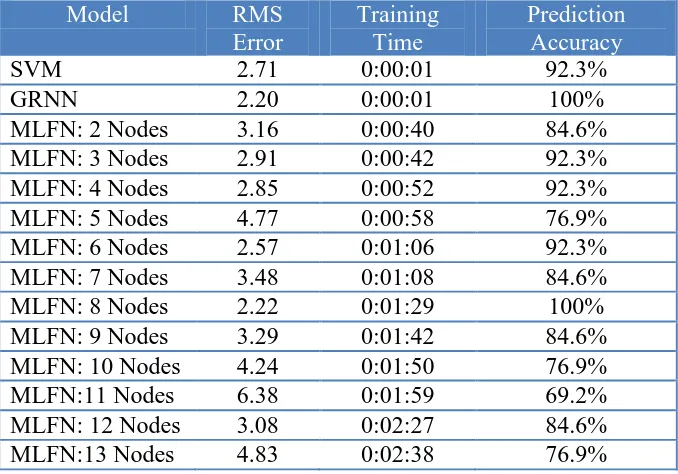
Related documents
73129 Leasing or rental services concerning other machinery and equipment without operator
Dart provides a hybrid table schema to store spatial data in HBase so that the Reduce process can be omitted for operations like calculating the mean center and the median center..
Vehicle frames or other frames can be used as fixed foundations providing a verifiable load ing analysis as submitted," and then it said that "A lternate
Meanwhile, split is not allowed refers to the process of allocating the flood victims to the nearest relief centers, but if the nearest relief centre cannot accommodate the
growing sophistication in operations In 1987, as part of private sector led to the classification of those with promotion, the functions of the GTDC, and those
Together with MasterCard and BICS, eServGlobal is a joint venture partner of the HomeSend global payment hub, a market leading solution based on eServGlobal technology and
2008 – 2014 Graduate Research Assistant , Mueller Lab, Colorado State University 2007 – 2008 Laboratory Technician, McGuire Lab, University of California Berkeley 2005 –
